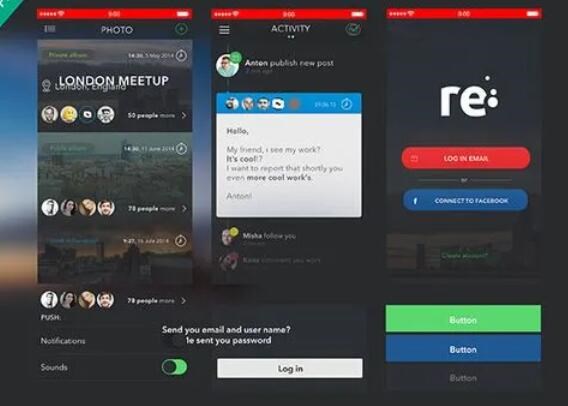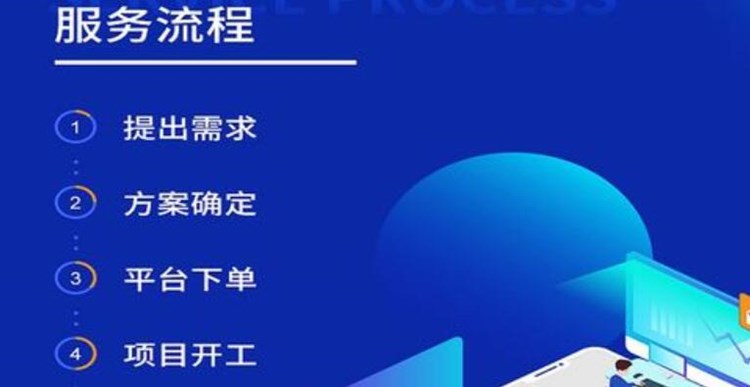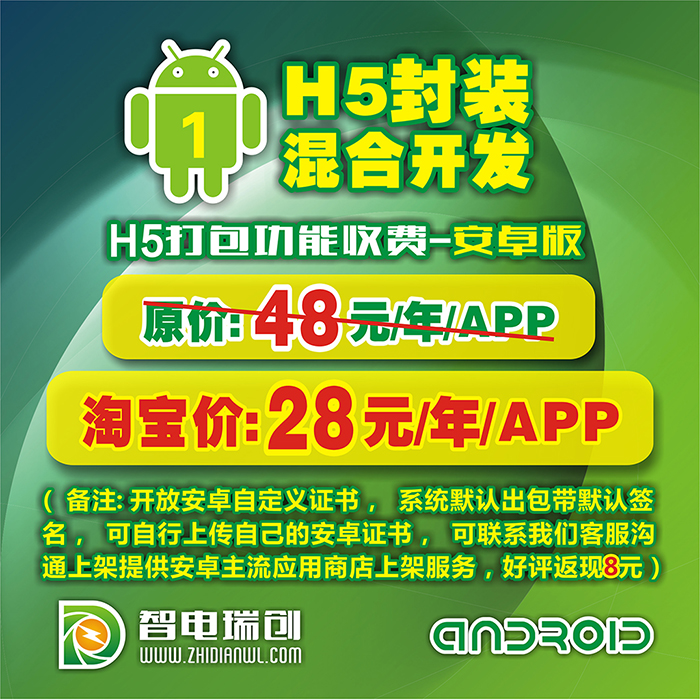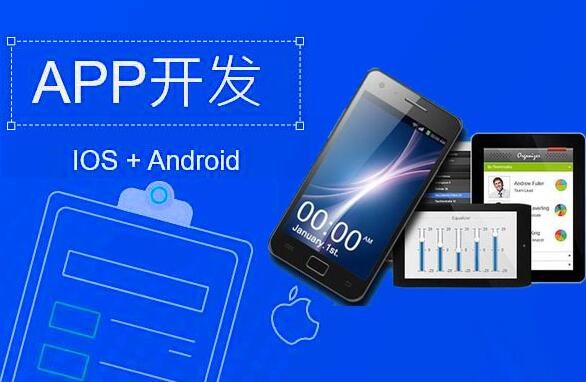在 iOS 開發中,`UIImageView` 是常用的控件之一,可以用于顯示圖片。但是,有時候我們需要對圖片進行一些處理,比如裁剪、縮放、添加濾鏡等等,這時候就需要用到 `Core Image` 框架。而為了更方便地使用 `Core Image`,我們通常會對其進行封裝,這就是本文要介紹的內容:如何封裝 `Core Image`。
## 什么是 Core Image
`Core Image` 是 iOS 和 macOS 系統中用于處理圖像的框架。它提供了很多濾鏡效果,比如模糊、銳化、色彩調整等等。同時,它還能夠對圖像進行縮放、裁剪、旋轉等操作,非常方便。
## 封裝 Core Image
在使用 `Core Image` 進行圖片處理時,我們通常需要進行以下步驟:
1. 創建 `CIImage` 對象,用于表示要處理的圖片。
2. 創建 `CIFilter` 對象,用于表示要應用的濾鏡效果。
3. 將 `CIImage` 對象傳入 `CIFilter` 對象中,進行濾鏡處理。
4. 獲取處理后的 `CIImage` 對象。
5. 將 `CIImage` 對象轉換為 `UIImage` 對象,用于顯示或保存。
以上步驟比較繁瑣,而且對于不同的濾鏡效果,創建 `CIFilter` 對象的方式也不一樣。因此,我們可以將這些步驟封裝起來,提供一個更方便的接口。
以下是一個簡單的封裝示例:
“`objc
@interface UIImage (Filter)
– (UIImage *)applyFilterWithName:(NSString *)filterName;
@end
@implementation UIImage (Filter)
– (UIImage *)applyFilterWithName:(NSString *)filterName {
CIImage *inputImage = [[CIImage alloc] initWithImage:self];
CIFilter *filter = [CIFilter filterWithName:filterName];
[filter setValue:inputImage forKey:kCIInputImageKey];
CIImage *outputImage = filter.outputImage;
CIContext *context = [CIContext contextWithOptions:nil];
CGImageRef cgImage = [context createCGImage:outputImage fromRect:outputImage.extent];
UIImage *filteredImage = [UIImage imageWithCGImage:cgImage];
CGImageRelease(cgImage);
return filteredImage;
}
@end
“`
上面的代碼將 `applyFilterWithName:` 方法添加到了 `UIImage` 類別app開發人員中。該方法接收一個濾鏡名稱作為參數,將當前 `UIImage` 對象作為輸入圖片,應用指定的濾鏡效果,并返回處理后的圖片。
## 使用封裝后的 Core Image
使用封裝后的 `Core Image` 非常簡單,只需要調用 ios云打包`applyFilterWithName:` 方法即可。以下是一個示例:
“`objc
UIImage *originalImage = [UIImage imageNamed:@”image.jpg”];
UIImage *filteredImage = [originalImage applyFilterWithName:@”CIColorInvert”];
self.imageView.image = filteredImage;
“`
以上代碼將 `image.jpg` 圖片加載到 `originalImage` 中,然后應用 `CIColorInvert` 濾鏡效果,最后將處理后的圖片顯示在 `imageView` 中。
## 總結
封裝 `Core Image` 可以讓我們更方便地使用其提供的濾鏡效果

,同時也可以提高代碼的復用性和可讀性。在實際開發中,我們可以根據需要進一步擴展封裝的方法,比如支持多個濾鏡效果的組合、調整濾鏡參數等等。













